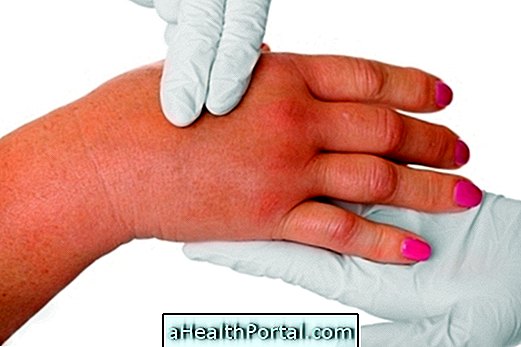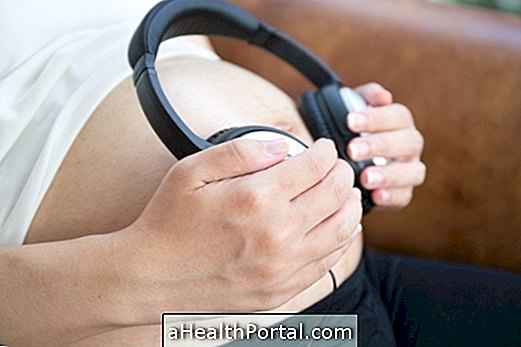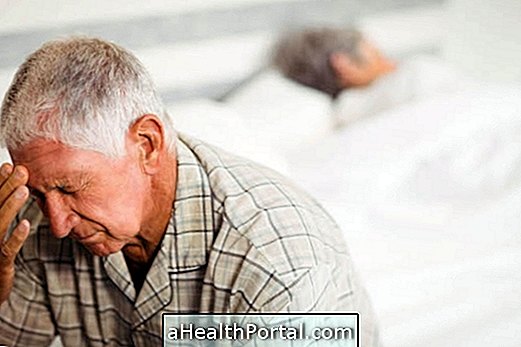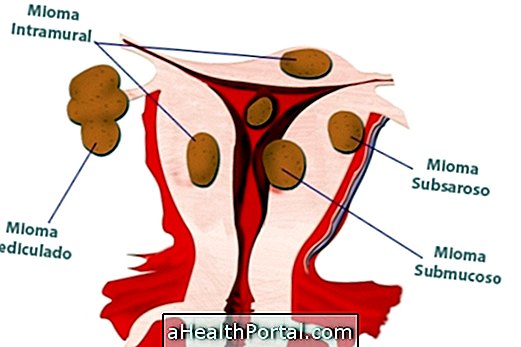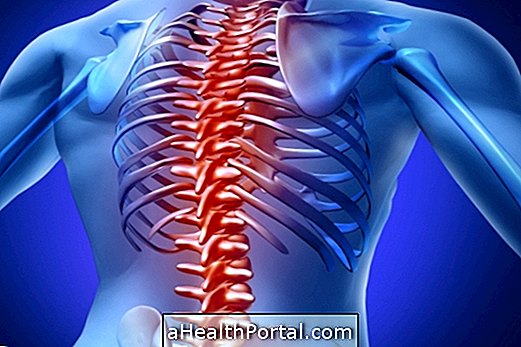Spinal cord trauma is an injury that occurs in any region of the spinal cord that can cause permanent changes in motor and sensory functions in the region of the body below the injury. The traumatic injury can be complete, in which there is total loss of motor and sensory function below the place where the injury occurs, or incomplete, in which this loss is partial.
The trauma can occur during a fall or a traffic accident, for example, which are situations that must be attended immediately to prevent the worsening of the injury. Unfortunately there is no treatment yet to reverse the damage caused by spinal cord injury, however, there are measures that help prevent the injury from getting worse and help the person adapt to a new lifestyle.
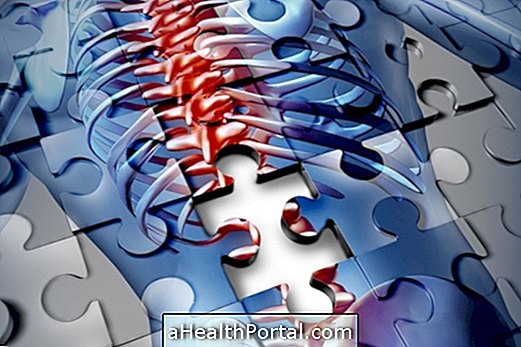
What are the signs and symptoms
Signs and symptoms of spinal cord injury depend on the severity of the injury and the region where it occurs. The person can become paraplegic when it is affected only the part of the trunk, legs and pelvic region, or tetraplegic, when it is affected the whole body below the neck.
Injuries to the spinal cord may result in the following signs and symptoms:
- Loss of movement;
- Loss or change in sensitivity to heat, cold, pain or touch;
- Muscle spasms and exaggerated reflexes;
- Changes in sexual function, sexual sensitivity or fertility;
- Pain or stinging sensation;
- Difficulty breathing or eliminating secretions from the lungs;
- Loss of bladder or bowel control.
Although bladder and bowel control is lost, these structures continue to function normally. The bladder continues to store urine and the intestine continues to perform its functions in digestion; however, there is difficulty in communicating between the brain and these structures to eliminate urine and faeces, increasing the risk of developing infections or forming stones in the kidneys.
In addition to these symptoms, severe back pain or neck and head pressure, weakness, incoordination or paralysis in any part of the body, numbness, tingling and loss of sensation in hands, fingers and feet to walk and maintain balance, difficulty breathing or even twisted positioning of the neck or back.

What to do when injury is suspected
After an accident, a fall or something that may have caused spinal cord trauma, you should avoid moving the injured person and call the emergency room immediately.
In addition, the person should be kept immobile and if possible put heavy towels on both sides of the neck so as to hold the head and prevent it from moving until the doctors arrive and put on a cervival vest, and if necessary, any bleeding that occurs.
Main causes
Spinal cord trauma can result from damage to the vertebrae, ligaments or discs of the spine or direct damage to the spinal cord due to traffic accidents, falls, fighting, violent sports, diving in a place with little or no water, bullet or a knife or even for diseases like arthritis, cancer, infection or degeneration of the spinal discs.
The injury may worsen days or weeks after the traumatic event due to bleeding, swelling or fluid accumulating around the spinal cord.
How is the diagnosis made?
The physician may use various means of diagnosis to see if a spinal cord injury has occurred and the severity of the injury. For this, you can use X-rays that reveal vertebral problems, tumors, fractures or other changes in the spine.
In addition, you can also use a CT scan to better see the abnormalities detected on the X-ray, or an MRI, that helps identify disc hernias, blood clots, or other factors that may put pressure on the spinal cord.

What is the treatment
It is not yet possible to reverse the damage of a spinal cord injury, however, investigations of possible new treatments continue. However, what can be done in these cases is to prevent the injury from getting worse and, if necessary, surgery to remove fragments of bone or foreign objects.
In addition, a person can also take pain relieving medicines, increase muscle tone and improve bladder, bowel and sexual function control, and be guided to adapt to a new lifestyle nursing care and physical therapy.
For this, it is very important to bring together a rehabilitation team to help the person adapt to their new life, both physically and psychologically. This team should have a physiotherapist, an occupational therapist, a rehabilitation nurse, a psychologist, a social worker, a nutritionist, and a spinal cord injury specialist.
Medical care at the time of the accident is also very important as it can prevent the worsening of the injuries.



